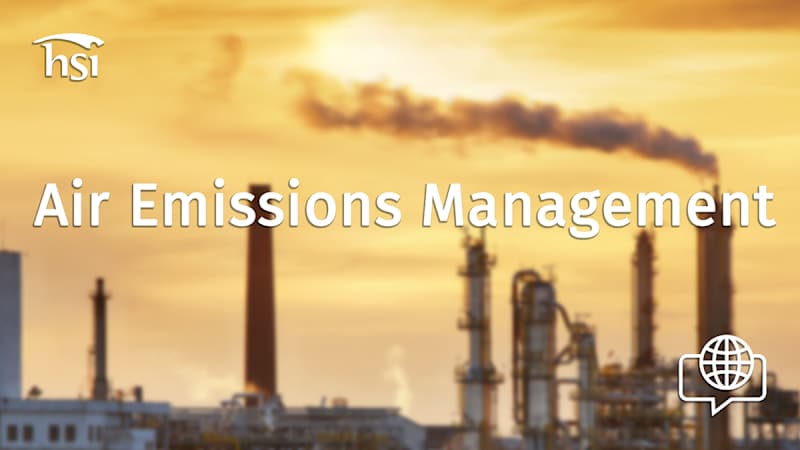What you'll learn
- Learn the sources and types of air emissions.
- Learn the negative effects air emissions may have on human health and the environment.
Course Description
This lesson will familiarize you with the sources and types of air emissions, the negative effects they may have on human health and the environment, and facility management and individual workers can use to control emissions.








